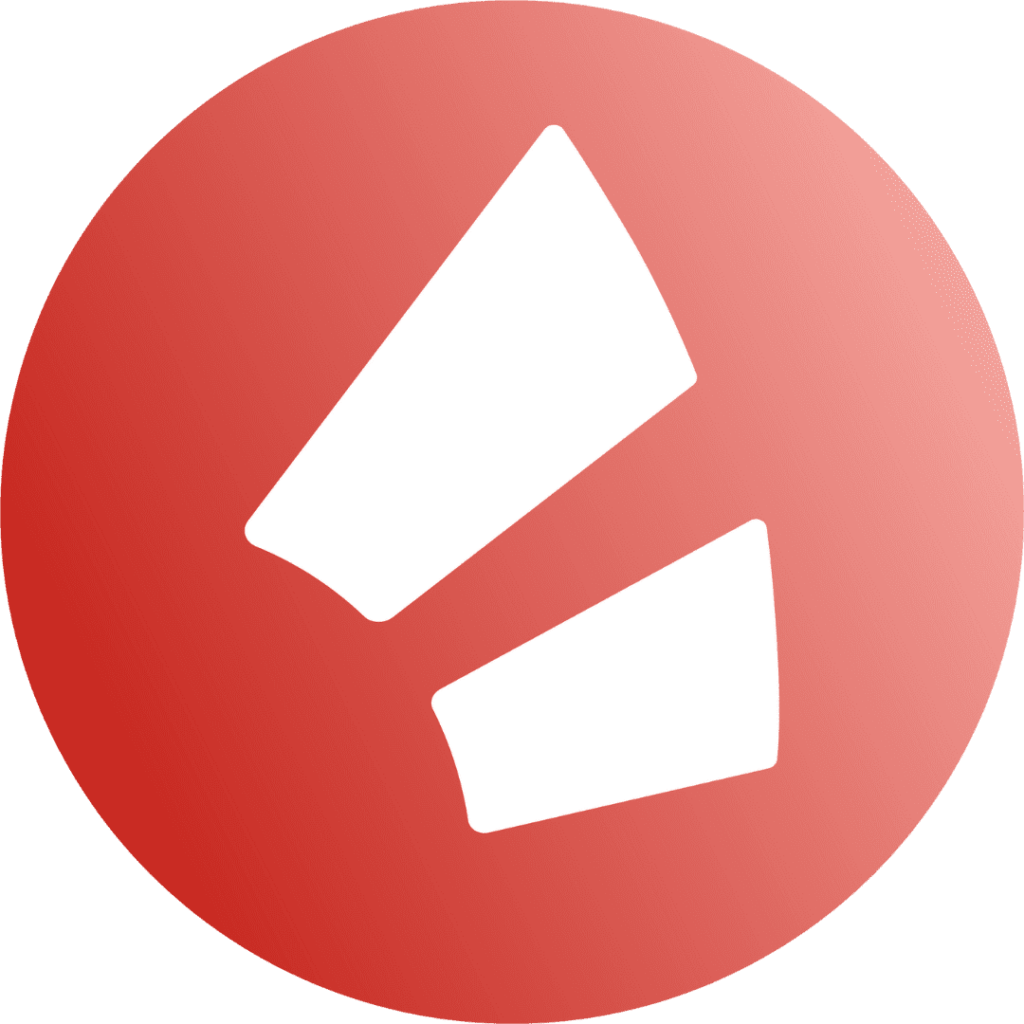How to write easily understandable texts
Avoid mistakes and use our tips to simplify your texts
Writing easy-to-understand texts is easy, many people think. You stick to a few simple rules, make short sentences, and you’re done. But anyone who has ever seriously tested their text with test persons from the target group knows:
Writing in so-called “plain language” or “easy language” is anything but easy.
But you can learn it. In this article, you will learn the most important tips and the biggest misconceptions about easy-to-understand language.
Table of contents
Mistake 1: Just use pictures and videos instead of text. People don't read anything any more anyway.
Images work best for very simple, concrete messages about universally known objects, such as: “No smoking”. As soon as we want to convey complex or abstract content, we reach our limits with images alone.
Why is that? Because the meaning of pictures has to be learned just like the meaning of words.
Thus, the human pair as a popular pictogram for toilets is only understandable to people who have learned its meaning. For everyone else, it is just a picture of two people standing next to each other.

Mit dem Laden des Videos akzeptieren Sie die Datenschutzerklärung von YouTube.
Mehr erfahren
Videos, on the other hand, are wonderful when you want to convey your image, tell stories or visualise something invisible.
One example: Here capito Stuttgart shows how they work.
But if you want to convey learning content that the target group should be able to remember and reproduce in detail, videos as a sole medium have a serious disadvantage: you can only control their pace and the size of the individual “learning portions” to a limited extent. And it is relatively difficult to get an overview at the beginning of what to expect from a video.
Our tip: Only ever use images and videos to complement text information. Make sure that they actually complement or reinforce your text and do not simply illustrate it in some way.
Mistake 2: Just make shorter sentences and don't use technical terms. Then it will work out.
Of course, shorter sentences are easier to read than long, convoluted sentence monsters. But the length of the sentence is not the most important criterion. Clean, simply structured sentences with logically comprehensible content can be longer; artificial shortening sometimes disturbs the flow of reading more.
Would you like an example?
- Ulrike writes a short story about her holiday with her red pencil.
- Ulrike writes with her red pencil. She is writing a short story. She writes about her holiday.
Technical words are words that you understand if you are an expert to some extent. Conversely, this means that you cannot have a say in a subject area unless you know the technical words necessary.
If you want the target group to know more about your topic after reading your text than they knew before, then technical terms cannot be avoided.
So there is no point in banning them from your text. But you should only use and introduce those that are really necessary for understanding.
Our tip: Write logically structured sentences.
Think before you write: Which technical terms might be unknown to your target group? Which technical terms do you absolutely want to introduce in the text? Create a dictionary with explanations for these technical terms.

We also recommend that you check your text for comprehensibility with capito digital. Learn more about the tool and how it can help you improve your texts.
Misconception 3: Easy Language is only needed by people with disabilities
Easy language is a concept that was originally developed specifically for and with people with so-called intellectual disabilities. Today we know that these people can learn much more and live more independently if they are given information and knowledge in a form that is easy for them to understand. We therefore no longer speak of people with “intellectual disabilities” but “with learning difficulties”, because this term describes their problem more accurately. You can find out more about easy language here.
But the comprehension problems of people with a migration background can have completely different causes than those of people with learning difficulties. This is reflected in a completely different vocabulary and different previous experiences due to different cultural and social backgrounds.
Prior knowledge and prior experience are at least as important for understanding texts as a person’s cognitive equipment. To complicate matters a little further, prior knowledge and prior experience can be completely different for one and the same person, depending on the subject area. Someone who has learnt to cook knows what an cutting “julienne” is, whereas it is not said that this person also knows what the third eye of a rose is supposed to be. What seems too easy for some is no longer manageable for others, and this effect changes abruptly depending on the subject.

Our tip: Invite representatives of your target group if you are unsure about their prior knowledge and experience. After the work is done, check with your target group if and what they understand from your information.
Enough about errors, now let's look ahead
We know now: We need a more differentiated approach and method if we really want to reach a large and diverse target group and not just set up token campaigns for the CSR report. Our experts for easy-to-understand language have therefore developed the “capito model”.

Similar to how a ramp works for people in wheelchairs, this model helps target groups with reading problems to work their way up from level to level and continuously improve their reading skills. In our eLearnings, courses and workshops we work with this step-by-step model.
Would you also like to become a simplification professional and learn how to write more comprehensible texts? You can find more information about our current training courses here.
For those who don’t have time for this (yet), or who want to prepare in anticipation for a booked course, here are a few tips for quick success.
4 tips to make your texts easier to understand
1. Tie your text like pearls to the thread
Many people start to write a text full of verve and later realize that they have to explain a word or a paragraph before they can continue writing. Or that the headline already contains at least 3 terms that are not known to the target group. The text starts to bump, you get carried away or get stuck at the beginning. What helps is good preparation!
Consider:
What are the key messages of your information? String them together in your mind’s eye like beads on a thread.
Which words might be difficult for your target group? Create a dictionary of those words that you absolutely want to include because they are relevant to the topic.
What content of your text comes closest to the prior knowledge of your target group? Start with this building block so that your target group’s knowledge can grow bit by bit.
Create an appropriate table of contents. Even if it is “only” a short text. This will make it easier for you and your target group to find their way around right from the start.
2. Describe your content concretely and precisely
Anyone who translates conventionally written texts into a “easy language” version knows this problem: the original is often not precise, many terms in our language allow for several colourings and interpretations.

Resist the temptation to become “shallow” and “general” in simplification. Try to make concrete statements that convey a clear message.
Consider:
- What do you really want to convey with the information? If not otherwise possible, use general formulations with understandable examples in concrete terms.
This could look like this: “We want all people to have the same rights”. For example: All people should be allowed to marry if they want to. - Which parts of the information can I leave out? Usually, original texts are enriched with sub-lines that require new explanations and examples. Writing concretely and precisely also means setting priorities and working closely along the “common thread”.
3. Make the information easy to read and attractive
There is no end to what can be said about the topic of an easy-to-read font. You can find the latest study results on the legibility of different fonts in this blog post. But there is one thing we can say for sure:
Arial is not necessarily the best font for easy reading! Well, for decades it was propagated in various rules for “easy language”, but now there are a lot of easier-to-read fonts and some of them even have serifs, although these were previously considered an absolute no-go in the world of “easy language”.
In addition to the font, the font size and the line spacing, the contrast and the font style are of course important. But at least as important is the design of paragraph lengths, sentence lengths or breaks and white space.

In the capito course for easy reading you will learn all the criteria for an easy-to-read and accessible layout. We have also created an eLearning course on accessible graphics. You can find our courses here.
4. Use the potential of different media for accessibility
Regardless of whether you want to write information in “easy language” or “simple language” or follow the capito level model for target group-oriented language, you should always carefully consider the question of the appropriate medium for your texts. Every medium has its strengths and weaknesses in terms of accessibility and usability, and it depends on the target group, the context and the goal of the information on which you should place particular emphasis.

In addition, there are seemingly small things to know, but that make a big difference: For example, spiral-bound printed works are particularly easy to handle for people with spasms because they don’t constantly fall shut, and websites that don’t need a mouse click for every form entry help everyone who doesn’t use a mouse because of their disability.
Are these errors and tips helpful? We look forward to your experiences and thoughts on this in the comments.
